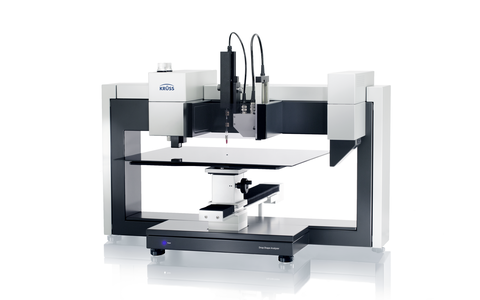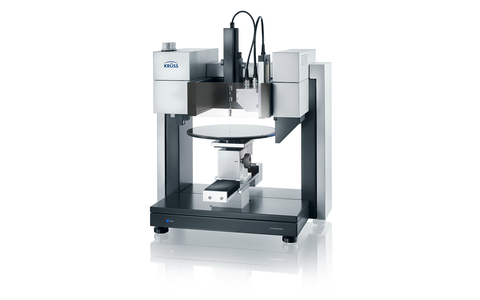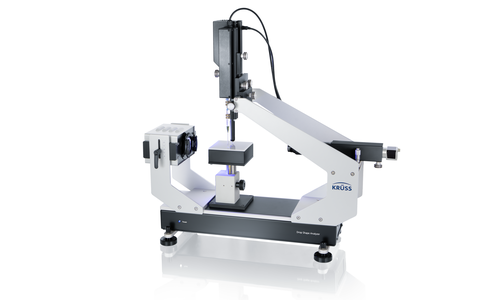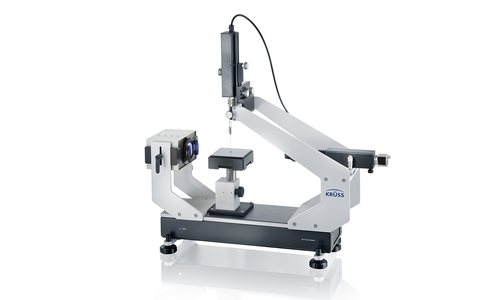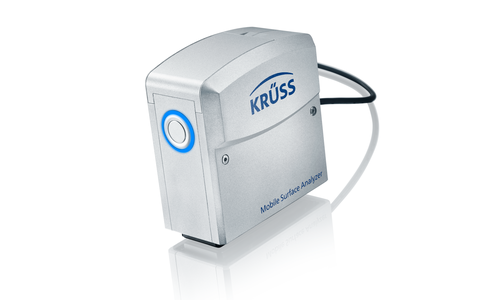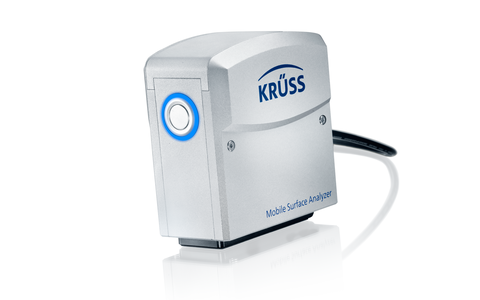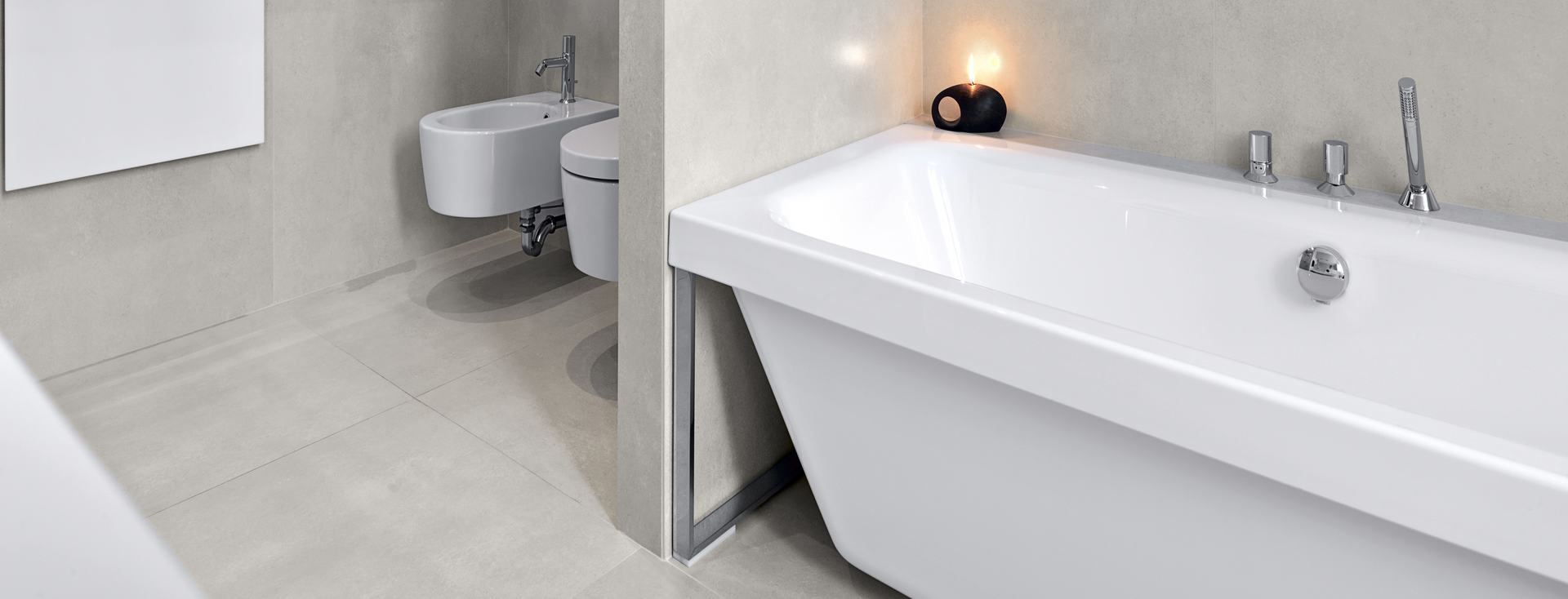
Production of ceramic surfaces
Methods for optimizing the surface of ceramic materials and coatings
Technical ceramics can be flexibly optimized for the required application by way of the recipe and the method of manufacture. As well as hardness and thermal and chemical stability, these properties also include the nature of the surface. This determines, for example, the biocompatibility as well as the bonding capability. Interfacial chemical measurements using our instruments help to ensure quality and provide know-how for specific product development.
Surface chemical aspects of technical ceramics
- Biocompatibility of ceramic prostheses
- Hydrophobic ceramics, for example for sanitary use
- Bonding of ceramics to other materials
- Ceramic coatings for changing the nature of the surface of other materials
Water repellent ceramics
Ceramics, for example in the sanitary field, frequently have a hydrophobic coating so that water rolls off and no limescale or dirt remains on the surface. The hydrophobic character of the surface is associated with a high water contact angle. Our optical drop shape analysis instruments can measure this variable both in the laboratory and in the field using non-destructive techniques. At the same time, the stability of a hydrophobic coating can also be measured in long-term investigations. The roll-off angle can also be measured using our tilting table. This specifies the inclination of the surface at which the dispensed drop rolls or slides off the surface.
Bonding capability of ceramic surfaces
The best possible wettability is required for bonding ceramics. Measurements of the surface energy and of the polar and disperse parts of the ceramic surface and of the adhesive are carried out in order to additionally calculate the adhesion between adhesive and ceramic.
A further result of this measurement is the interfacial tension between the two materials to be bonded. This is a measure of the inherent instability of the bond and should be as small as possible.
Biological surface compatibility of ceramic materials
The body's acceptance of a tooth or bone prosthesis is closely linked to its surface energy. If this approaches the surface tension of water, the biocompatibility is usually good, detectable for example by a good adhesion of collagen. An important yardstick is also the similarity of the surface of the prosthesis and the natural bone substance. Our contact angle measuring instruments can determine these values and therefore make an important contribution to the development of biocompatible prostheses. In the medical sector, biological incompatibility is frequently required in order to prevent germs settling on surfaces for example. Here, low germ propagation often correlates with a high water contact angle of a ceramic surface.
Dispersability of powders for ceramic coatings
Ceramic coatings harden, insulate or enhance the surfaces of other materials such as glass or metal. The starting materials are ceramic dispersions, the homogeneity and stability of which are determined by surface chemical aspects. Measurements of the powder contact angle and the surface tension of the liquid phase help in the production of high-quality coatings and in the optimization of the product.




